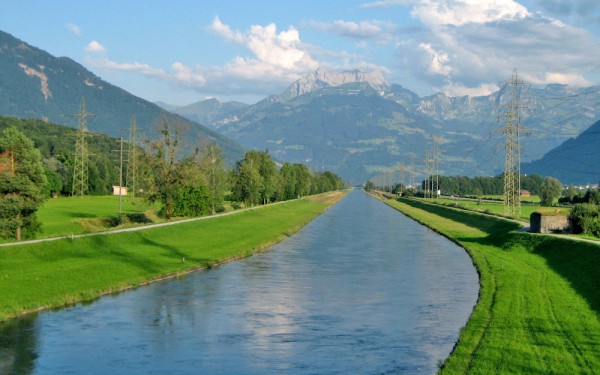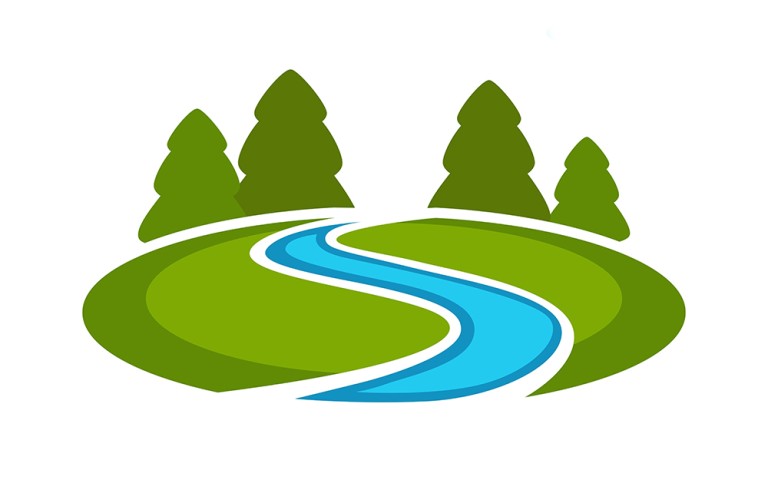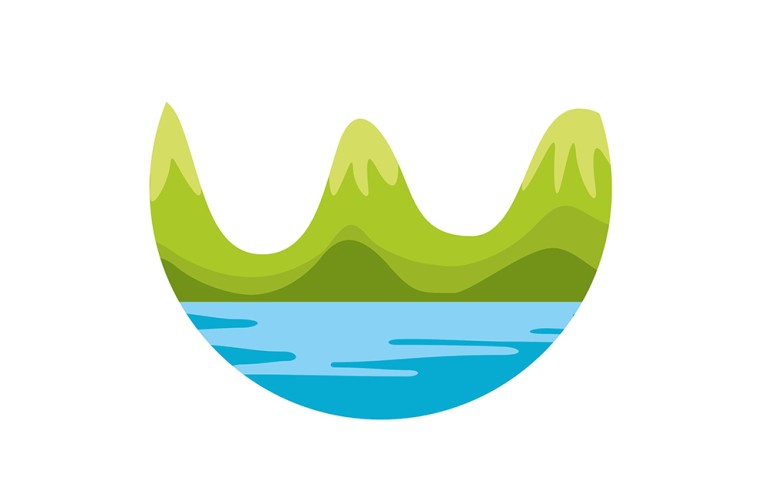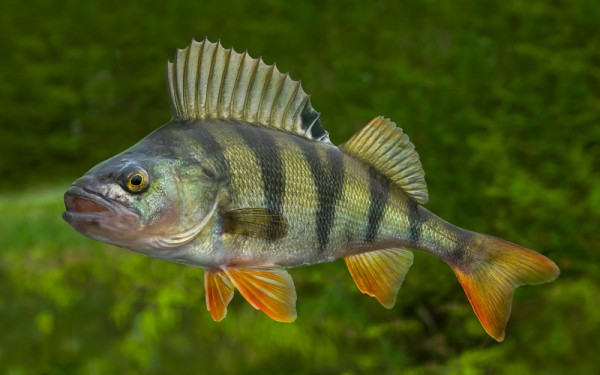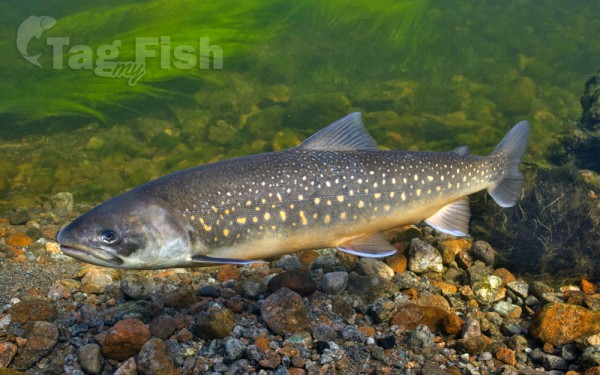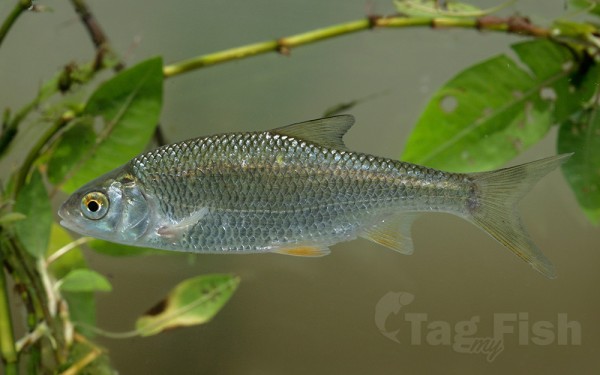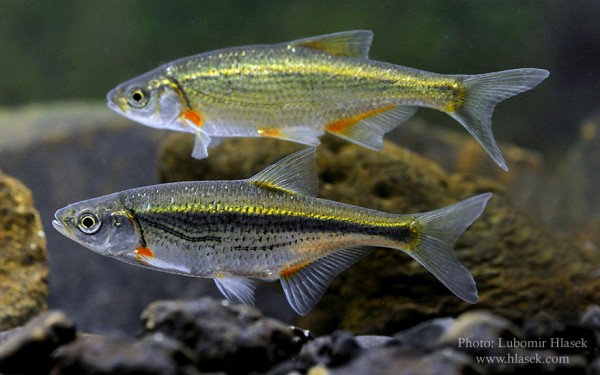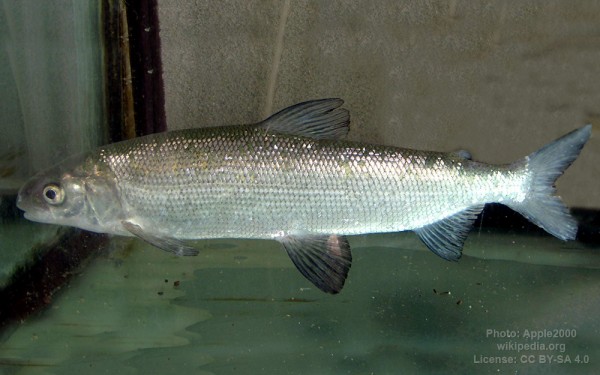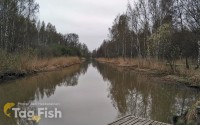Lake Zurich
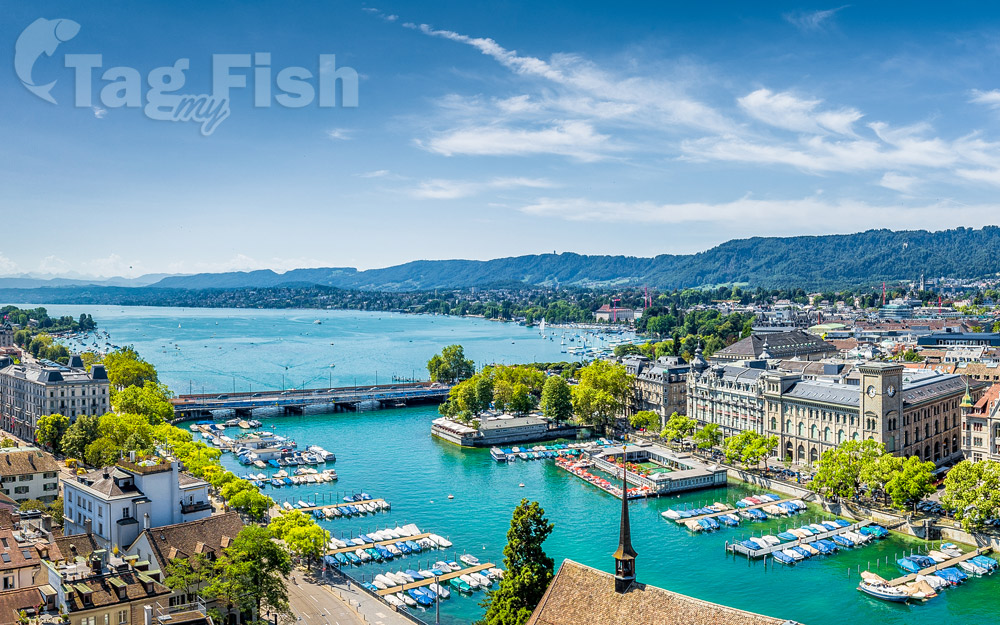
Perciformes - Perches
Salmoniformes - Salmons and Trouts
Esociformes - Pikes
Cypriniformes - Carps
Gadiformes - Cods
Perciformes - Perches
Salmoniformes - Salmons and Trouts
Esociformes - Pikes
Cypriniformes - Carps
Gadiformes - Cods
Perciformes - Perches
Salmoniformes - Salmons and Trouts
Esociformes - Pikes
Cypriniformes - Carps
Gadiformes - Cods
Lake Zurich (Swiss German/Alemannic: Zürisee; German: Zürichsee; Romansh: Lai da Turitg) is a lake in Switzerland, extending southeast of the city of Zürich. Depending on the context, Lake Zurich or Zürichsee can be used to describe the lake as a whole, or just that part of the lake downstream of the Seedamm at Rapperswil, whilst the part upstream of Rapperswil may be called the Obersee or Upper Lake.
Geography
Lake Zurich is formed by the Linth river, which rises in the glaciers of the Glarus Alps and was diverted by the Escher canal (completed in 1811) into Lake Walen from where its waters are carried to the east end of Lake Zurich by means of the Linth canal (completed in 1816). The waters of the Lake of Zurich flow out of the lake at its north-west end (Quaibrücke), passing through the city of Zürich; however, the outflow is then called the Limmat.
No streams of importance flow into the lake beside the Linth. The Seedamm, a partially artificial causeway and bridge, crosses a narrow point of the lake carrying a railway line and road from Rapperswil to Pfäffikon. The eastern section of the lake is known as the Obersee (Upper lake). West of this dam lies the small islands of Lützelau and Ufenau, wherein 1523 Ulrich von Hutten took refuge and died. Both shores are well cultivated and fertile. Another tourist destination is the Au peninsula at the village of Au between Wädenswil and Horgen.
To the east – separated by Zürichberg-Adlisberg, Forch and Pfannenstiel – are two minor lakes: Greifensee (Lake Greifen) and Pfäffikersee (Lake Pfäffikon). Zimmerberg and the Etzel regions lie to the west.
